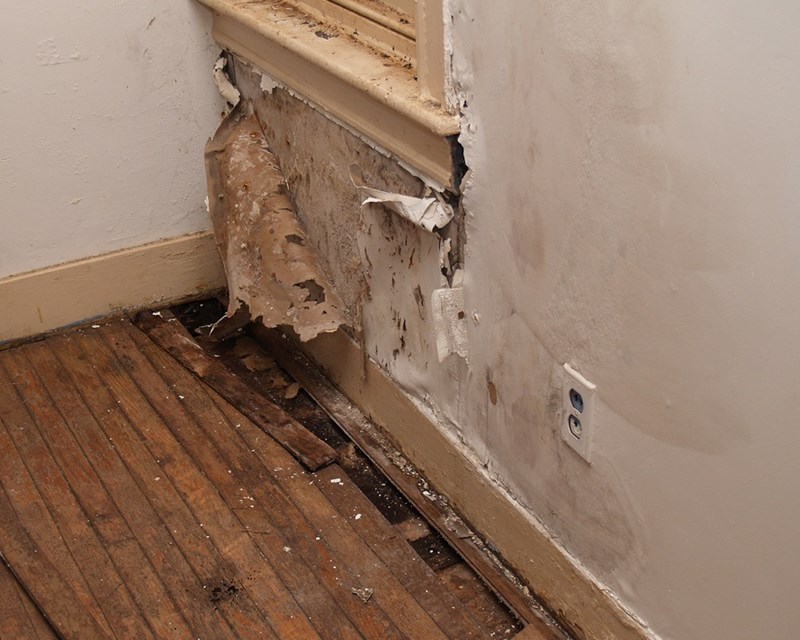Here in the next paragraph yow will discover more really good ideas concerning How to Prevent Bathroom Water Damage.

The restroom is exceptionally vulnerable for damp buildup and prospective water damages as a result of the frequent use of water in it. This write-up offers basic examination techniques to assist finding water damages hazards.
The regular use water in the washroom makes it extremely vulnerable for damp build-up and also potential water damage. By examining it on a regular basis, you can lower water related damages.
The complying with collection of examinations is very easy to perform and ought to be done when in every 3 months in order to maintain your washroom healthy and also to prevent potential water damages triggered by the tub, the shower, pipe joints as well as plumbing, sinks, cupboards, and also the commode
Do not forget performing these inspections and be comprehensive while performing them. Keep in mind that these simple evaluations can save you a lot of money by providing early indications for water damage
Sinks and Cabinets
Sinks and cabinets are revealed to dampness and also moisture day-to-day and also are commonly ignored. Check on a regular basis under the sink as well as on the counter top above it. Repair any drip in the catch as it might recommend drainpipe issues. Take a look around the sink, slow draining pipes might suggest a blocked drain. Replace sink seals if they are fractured or loosened.
Tub as well as Shower
The shower and bathtub call for unique interest as well as maintenance. Examine the floor tiles and change if cracked. Ensure that there is no missing out on cement in between the ceramic tiles. Examine and replace cracked caulking at joints where the wall surfaces fulfill the flooring or the tub. Blocked drains and pipelines troubles will certainly avoid the bathtub from drying and also might suggest major problems beneath the bath tub. Talk to an expert instantly to prevent architectural damages. Take note of discolorations or soft locations around the tub walls as they may show an interior leak.
Plumbing
Signs for water damages are difficult to discover since most pipelines are set up inside the walls.
Pay unique interest to flooring and also walls moisture and also spots as they may show an unnoticeable plumbing problem. Examine wetness degrees in adjacent rooms too.
The Bathroom
The toilet is an at risk water junction. Examine the water lines as well as look for leakages around the toilet seat, in the pipe, and under the water container. If you discover any indicators of moisture on the flooring around the bathroom, look for leaks in the toilet edge as well as container seals.
Know that hanging toilet bowl antiperspirants enhances the chances for obstructions.
TIPS TO PREVENT WATER DAMAGE IN THE BATHROOM
The average household uses approximately 80-100 gallons of water per person per day. For a family of 4, that's almost 2,500 gallons of water a week! The largest portion of this consumption comes from bathroom use. Flushing the toilet uses the most water, followed by taking a shower or bath. With that much water running through the home, water damage in the bathroom is bound to happen. Knowing how to spot signs of a water leak is essential to preventing long-term damage. This guide provides you with tips to reduce the impact of water damage on your bathroom.
CAUSES OF BATHROOM WATER DAMAGE
Pipe breaks are the most common cause of water damage we see in our daily jobs. The age of a pipe plays a large role in a pipe break as well as corrosion. Over time, the metal begins to break down, allowing water to escape. Frozen pipe breaks are also a concern in the winter months. Toilet overflows caused by paper products or children flushing inappropriate items. Degraded caulking around the toilet or bathtub can allow water seepage, sometimes behind the fixture, into the subfloor or walls. Condensation forms when the water in a pipe is cooler than the air temperature. Beads of water form on the exterior of the pipes, sometimes so much so that the water begins to drip and pool below. Sink or shower backups created by poor drainage. HOW TO PREVENT WATER DAMAGE IN YOUR BATHROOM
Inspect your toilet supply line for worn or frayed hoses and replace them as needed. Winterize your plumbing to prevent a frozen pipe break. Use vent fans to prevent condensation that can lead to mold growth. Routinely check and replace degraded caulking around your toilet or bathtub. Increase the temperature in your toilet tank and insulate your pipes during the warm summer months to keep condensation from forming. Use child safety locks on the toilets. Flush only toilet paper. "Flushable" wet wipes are actually not good for your plumbing system. Additionally, feminine hygiene products should not be flushed. Prevent water from escaping the tub or shower. Make sure shower curtains are in good condition. Inspect shower doors and replace the seal strip if necessary. Wipe up any water that accumulates on the floor and use bath mats. Water left to sit can cause damage to the tiles and flooring. Refrain from using bath products containing heavy oils to avoid a clogged drain.

Do you like reading about Common Causes of Water Damage in a Bathroom? Try to leave feedback below. We will be delighted to find out your thinking about this blog post. We hope to see you back again before long. Sharing is good. Helping others is fun. We enjoy reading our article about Looking for Signs of Water Damage in the Bathroom.
Get An Estimate